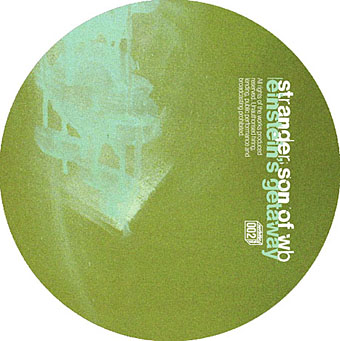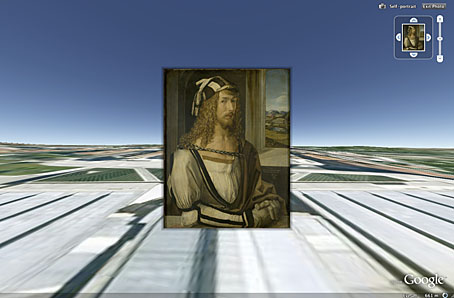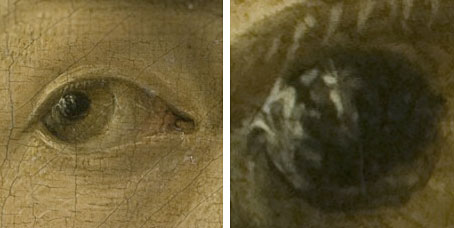Dana Mattocks wrote to me a month or so ago asking if he could have a print of my Steampunk picture to go in a frame on the wall beside his jaw-dropping Steampunk Frankenstein case-mod. I immediately agreed after seeing his photos. A single picture doesn’t do justice to the amount of work and detailing that’s gone into this project which makes most other steampunk craftings look distinctly lacklustre. See his Flickr pictures for a better look at its wood-and-brass lusciousness. What I didn’t expect was that the frame would be an equally impressive heavy-duty item. And I’m especially pleased to see the picture in there along with Colin Clive and Boris Karloff from the first Universal Frankenstein films. Thanks Dana!
I’ve been working on an updated version of the Steampunk pic for something special which I’ll announce here shortly. Meanwhile, if anyone else has one of my pictures in an impressive frame, send me a photo and I’ll feature it here.
Previously on { feuilleton }
• Steampunk Horror Shortcuts
• Zeppelin vs. Pterodactyls





 Meanwhile, those of you addicted to mobile phones may like to know that {feuilleton} is now available via a
Meanwhile, those of you addicted to mobile phones may like to know that {feuilleton} is now available via a 

